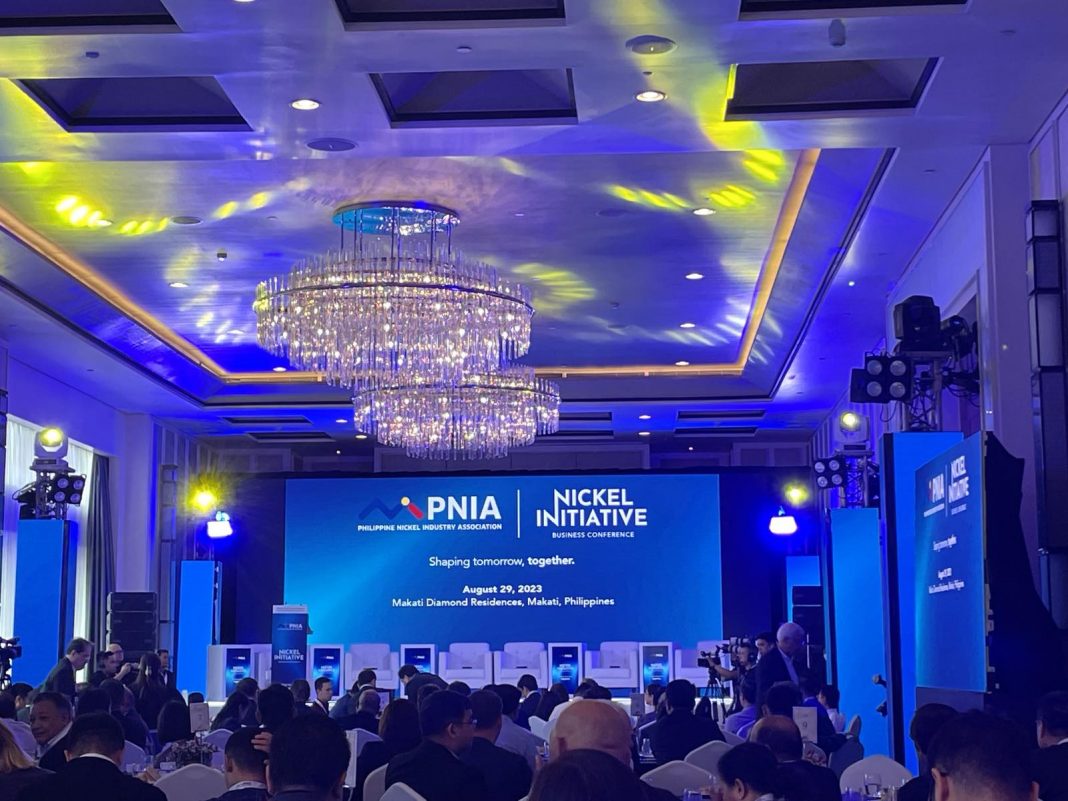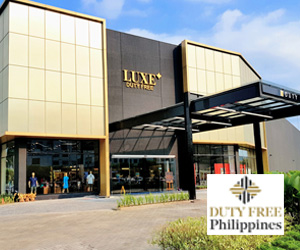The Philippine Nickel Industry Association, the largest grouping of nickel industry players in the country, said promoting predictability in regulations and ease of doing business are critical paths to succeed in accelerating the growth of the mining industry.
PNIA President Atty. Dante R. Bravo said this is a common sentiment based on feedback from the Nickel Initiative stakeholder roundtable sessions and business conference that PNIA has been organizing since March this year in support of government’s efforts to grow the mining industry and level up to value-added processing.

“Mining is capital intensive in every stage of the operation’s life cycle from exploration to extraction, to value-added processing. While there is a lot of interest in the Philippines as a mining investment destination, we need to convince investors that the business environment is ready and conducive for their entry to the Philippines,” said Bravo.
Bravo explained that while the government is focused on attracting investors in value-added processing, industry development efforts should include mining exploration and extraction because a nickel processing plant requires more than 100 million tons of raw nickel ore for at least 20 years to be considered viable.
“We can’t push for value added processing without mitigating uncertainties in minerals exploration and extraction because all of these are integral parts of the minerals development value chain. To produce the minimum raw ore input requirement of one processing plant, mining permits need to be approved efficiently and awarded contracts should be allowed to operate with minimal disruption under a predictable, rules-based regulatory regime,” said Bravo.
To fast track the approval of mining permits, PNIA is discussing with government if a “one-stop shop” program, similar to what was provided to support growth sectors such as energy, can be implemented in the mining sector.
Bravo said other areas for reform that were flagged in the Nickel Initiative consultations include streamlining of fiscal regime, harmonization of national and local mining regulations, and monitoring and evaluation of environmental protection laws.
Enhancing environment protection and social development impact
Apart from discussions on fiscal and regulatory regime, the Nickel Initiative stakeholder roundtable and business conference also looked into enhancing the development impact of the mining sector’s environment and social development programs.
Bravo said that it expressed to the Department of Environment and Natural Resources and the Mines and Geosciences Bureau its readiness to support its on-going review of Environmental Protection and Enhancement Programs (EPEP) as well as their Social Development and Management Programs (SDMP).
“Any industry development effort should translate to sustainable economic development particularly to impact communities. PNIA members have consistently demonstrated how we deliver beyond compliance to uphold the welfare of our host communities and to progressively rehabilitate the environment,” said Bravo.
PNIA revives offer to draft industry blueprint with government to boost competitiveness of nickel sector
The Philippine Nickel Industry Association (PNIA) announced that it is reviving its offer to help draft an industry blueprint in collaboration with government to make the country’s nickel sector globally competitive and attractive to investors.
PNIA Chairman Antonio L. Co explained that the offer drafts the nickel industry blueprint is part of PNIA’s comprehensive partnership proposal to government that includes the institutionalize private-public dialogue mechanisms, conduct scientific studies on the Philippines’ nickel reserves and applications, and explore research and development on viable alternatives in nickel processing technologies.
PNIA recently made this offer to key government agencies involved in the development, regulation, and promotion of the mining sector including the Departments Environment and Natural Resources, Trade and Industry, Finance, Science and Technology, Interior and Local Government, plus the Board of Investments and the Mines and Geosciences Bureau.
“We first announced our intent to draft an industry blueprint in 2019 during our first Nickel Initiative Business Conference but we may need to restart what we initiated because conditions are much different now after the pandemic. The nickel sector is still vulnerable to global and local uncertainties, but we are hopeful that we will make significant progress this time because government is actively championing the development and promotion of the mining industry,” said Co.
He adds that “having an industry blueprint will help sustain interest and boost investor confidence as it signifies clear direction and commitment in the execution of policies and programs needed to promote the growth of the nickel sector and to make it globally competitive.”
“There’s so much interest right now to invest in Philippine mining but investors are also calculating risks because of the huge investment and effort required in mining. Consider that a value-added processing plant requires at least more than USD 1.5 billion investment, guaranteed access to more than 100 million tons of raw nickel ore, apart from other requisites such as importation of technology, stable and cost effective electricity, highly technical skills, and efficient logistics. An industry blueprint will prescribe how all of these should be lined up while clearly outlining mitigation measures against risks that could spook investors,” explained Co.
Co said that the nickel industry blueprint may require consultation and inputs from many stakeholders and other industries as it should ideally cover the entire value chain of nickel minerals development from mineral extraction, to nickel processing, to downstream application in finished products.
Further, the nickel industry blueprint should provide credible data on the economic potentials of the Philippines nickel reserves, define where the Philippines should play in the global nickel production and processing trade, provide prescriptions on how to address complex policy and regulation issues that are triggering uncertainties and unpredictabilities, and establish the timeline of the industry development effort.
The nickel industry blueprint also needs to have strong sustainability component that enhances the environment and social development impact of the nickel sector to uphold the lives and livelihood of families in mining communities.
“As in any industry development effort, the goal is to promote inclusive and sustainable economic development by mitigating environment footprint, generating economic opportunities, improving quality of life, and promoting self-reliant communities. Environment protection, social development, and sustainability are at the core of the Philippines’s policy framework on mining. Sustainability will be a key pillar in the nickel industry blueprint,” said Co.
The need for a nickel industry blueprint regained traction during PNIA’s Nickel Initiative Stakeholder Roundtable discussions held in March 2023 where participants, which includes experts and foreign business chambers, drew attention to the Philippines’ low standing in the Fraser Institute’s 2021 Survey of Mining Companies that measured Policy Perception Index (PPI) or the overall policy attractiveness of 84 jurisdictions covered by the survey.
The Philippines ranked 2nd in Frasers’ tally of 10 least attractive jurisdictions based on its 13-point PPI that includes factors such as uncertainty concerning the administration of current regulations, regulatory duplication, political stability, legal system and taxation regime, uncertainty concerning protected areas and disputed land claims, and quality of geological database among others.
The Philippines is among the top nickel producers in world. In 2022, PNIA nickel mining companies produced over 11 million dry metric tons of nickel. Based on latest MGB data, 33 out of 56 operating metallic mines in the country are nickel mines.
“Hopefully, the industry blueprint will help resolve policy and regulator factors that pulls the development of the industry and unlock the economic opportunities from the more than 97% of the estimated 9 million hectares of land with mineral potential,” said Co.














